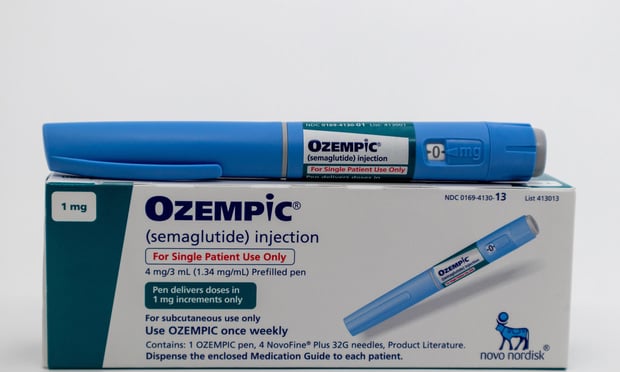WASHINGTON (AP) — The U.S. economy grew more slowly in the first three months of this year. Governments spent less, and businesses cut back on investment. But consumers spent at the fastest pace in more than a year.
The result suggests that the economy will continue to expand, slowly but steadily.
The Commerce Department estimated Friday that the economy grew at an annual rate of 2.2 percent in the January-March quarter, compared with a 3 percent gain in the final quarter of 2011. But growth is expected to rebound to around 3 percent for all of 2012 as stronger job growth spurs more consumer spending.
Recommended For You
Consumer spending accelerated to an annual rate of 2.9 percent in the first quarter. The strength came from a second robust quarter of growth in auto purchases.
___
Here's what The Associated Press' reporters are finding:
___
NOT FAST ENOUGH
Since the Great Recession officially ended in June 2009, the fastest rate of economic growth — 3.9 percent — occurred from January through March 2010. Normally, a much bigger bounce would follow a deep recession like the one the United States sank into in December 2007.
When the economy emerged from the recession of 1981-1982, for instance, growth hit an 8 percent annual pace for four straight quarters in 1983 and 1984.
___
THE WEIGHT OF GOVERNMENT
Government spending cuts are weighing on the U.S. economy in a way that hasn't been seen in generations. Those cuts have reduced growth for six straight quarters — the longest stretch since 1955.
Reduced government spending subtracted 0.6 percentage point from the first quarter's growth.
Fortunately, the drag may decline the rest of this year. Defense spending fell sharply in the past two quarters, which isn't likely to continue. And state tax revenue is recovering, closing budget gaps.
"It's hard for the economy to accelerate when the government has its foot on the brake," said Joel Naroff, president of Naroff Economic Advisors.
___
SPENDING WARMS UP
A warm winter probably pulled some consumer spending into the January-March quarter that would normally have occurred this quarter. Auto sales, for example, accounted for nearly 30 percent of growth last quarter. Many car buyers probably came out earlier than usual.
"The second quarter won't have the advantage of unseasonably warm weather that likely goosed auto sales," says Beata Caranci, deputy chief economist at TD Economics.
___
CONCERNS ABOUT HIRING
The disappointing GDP figure adds to doubts about the pace of job creation.
The 2.2 percent growth rate is consistent with a gain of only 100,000 jobs a month, according to Brad DeLong, an economist at the University of California, Berkeley. Yet employers added jobs at more than twice that rate from January through March. The pace might not be sustainable.
What's more, the number of people applying for unemployment benefits has risen to a three-month high. And job growth fell sharply in March after surging in January and February.
___
WILL FED INTERVENE?
The Federal Reserve might have to rethink its forecasts and its policies, economists say. One economist thinks the Fed is now more likely to pursue a third round of bond purchases to try to push down long-term interest rates to stimulate the economy.
It's "back on the table," says Bernard Baumohl of the Economic Outlook Group.
__
AP Economics Writer Martin Crutsinger contributed to this report.
© 2025 ALM Global, LLC, All Rights Reserved. Request academic re-use from www.copyright.com. All other uses, submit a request to [email protected]. For more information visit Asset & Logo Licensing.







